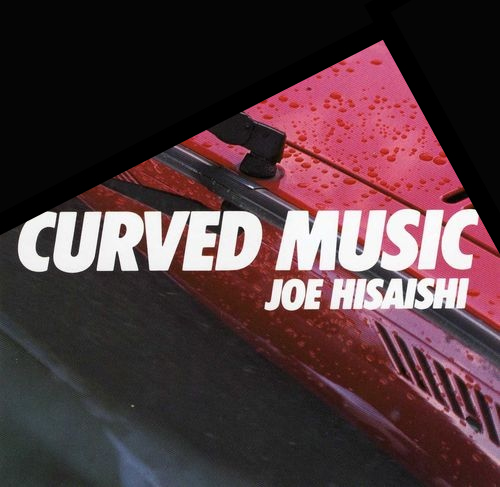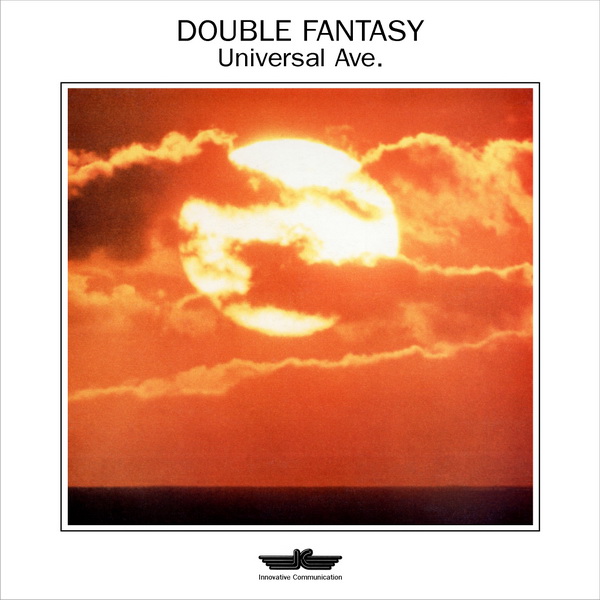
Hiroshi Yoshimura – Soundscape 1: Surround, 1986










For those who don’t mind a healthy smear of cosmic cheese. Molten guitar streaks, shivery synth grooves, and unhurried drum machines. Very sick and very slick. Makes me want to throw on some mirrored sunglasses and drive a silver convertible along winding cliffside vistas smoking an e-cig in front of a photoshopped sunset. Alternately meditative and searingly emotive, this thing is a few pan flutes shy of Pure Moods (a very high compliment). There’s not much decisive information about Double Fantasy available online, but it seems to have been the project of Klaus Schulze disciple Robert Schröder, who was only allowed to release two records under the Double Fantasy moniker because of legal clashes with his label, Innovative Communication. He went on to release many more records under a slew of different aliases, but both this and the other Double Fantasy release, 1994’s Food For Fantasy, are worth tracking down.
